I think you should conslult the google drive quickstart it will show you how to set up authorization.
const fs = require('fs');
const readline = require('readline');
const {google} = require('googleapis');
// If modifying these scopes, delete token.json.
const SCOPES = ['https://www.googleapis.com/auth/webmasters'];
// The file token.json stores the user's access and refresh tokens, and is
// created automatically when the authorization flow completes for the first
// time.
const TOKEN_PATH = 'token.json';
// Load client secrets from a local file.
fs.readFile('credentials.json', (err, content) => {
if (err) return console.log('Error loading client secret file:', err);
// Authorize a client with credentials, then call the Google Drive API.
authorize(JSON.parse(content), listFiles);
});
/**
* Create an OAuth2 client with the given credentials, and then execute the
* given callback function.
* @param {Object} credentials The authorization client credentials.
* @param {function} callback The callback to call with the authorized client.
*/
function authorize(credentials, callback) {
const {client_secret, client_id, redirect_uris} = credentials.installed;
const oAuth2Client = new google.auth.OAuth2(
client_id, client_secret, redirect_uris[0]);
// Check if we have previously stored a token.
fs.readFile(TOKEN_PATH, (err, token) => {
if (err) return getAccessToken(oAuth2Client, callback);
oAuth2Client.setCredentials(JSON.parse(token));
callback(oAuth2Client);
});
}
/**
* Get and store new token after prompting for user authorization, and then
* execute the given callback with the authorized OAuth2 client.
* @param {google.auth.OAuth2} oAuth2Client The OAuth2 client to get token for.
* @param {getEventsCallback} callback The callback for the authorized client.
*/
function getAccessToken(oAuth2Client, callback) {
const authUrl = oAuth2Client.generateAuthUrl({
access_type: 'offline',
scope: SCOPES,
});
console.log('Authorize this app by visiting this url:', authUrl);
const rl = readline.createInterface({
input: process.stdin,
output: process.stdout,
});
rl.question('Enter the code from that page here: ', (code) => {
rl.close();
oAuth2Client.getToken(code, (err, token) => {
if (err) return console.error('Error retrieving access token', err);
oAuth2Client.setCredentials(token);
// Store the token to disk for later program executions
fs.writeFile(TOKEN_PATH, JSON.stringify(token), (err) => {
if (err) return console.error(err);
console.log('Token stored to', TOKEN_PATH);
});
callback(oAuth2Client);
});
});
}
there is also webmasters query.js
'use strict';
const path = require('path');
const {google} = require('googleapis');
const {authenticate} = require('@google-cloud/local-auth');
const webmasters = google.webmasters('v3');
async function runSample() {
// Obtain user credentials to use for the request
const auth = await authenticate({
keyfilePath: path.join(__dirname, '../oauth2.keys.json'),
scopes: [
'https://www.googleapis.com/auth/webmasters',
'https://www.googleapis.com/auth/webmasters.readonly',
],
});
google.options({auth});
const res = await webmasters.searchanalytics.query({
siteUrl: 'http://jbeckwith.com',
requestBody: {
startDate: '2018-01-01',
endDate: '2018-04-01',
},
});
console.log(res.data);
return res.data;
}
if (module === require.main) {
runSample().catch(console.error);
}
module.exports = runSample;
I would go with the first example as its shows how to store your authorization. The second one isnt going to do that.
Access without authorization
If we check the documentation for sites.list you will notice it stats

This method operates on private user data you will need permission of a user with access in order to access this data.
